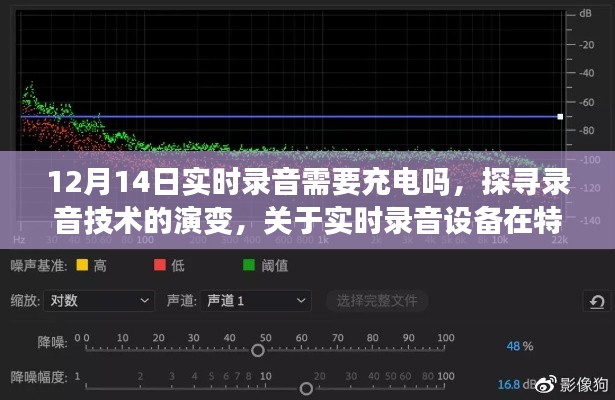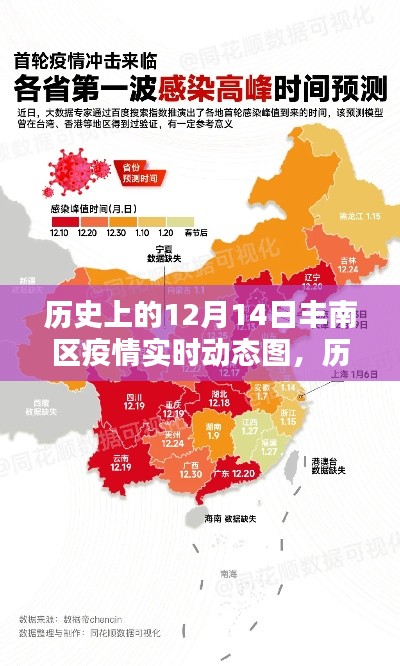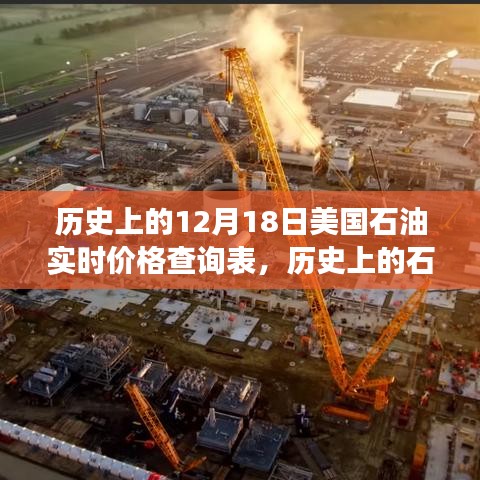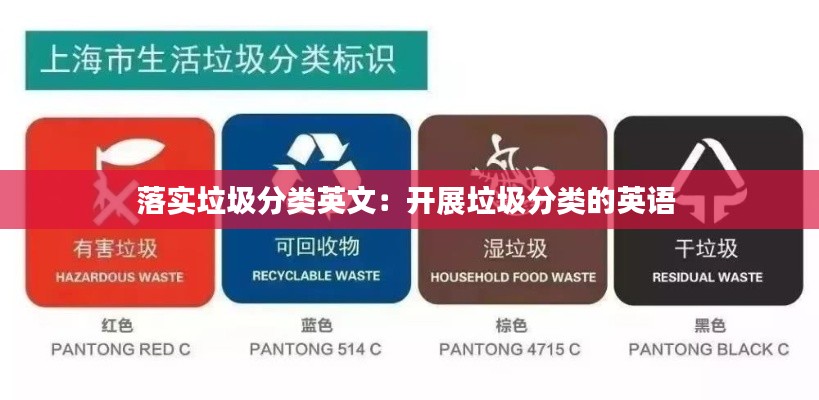Introduction to Waste Segregation
In recent years, the issue of waste management has gained significant attention worldwide. The exponential growth in waste generation has led to environmental degradation, pollution, and health hazards. To combat these challenges, the concept of waste segregation has emerged as a crucial strategy. Waste segregation involves sorting waste into different categories based on their composition and potential for recycling or disposal. This article aims to explore the importance of implementing waste segregation and the steps involved in its successful execution.
The Importance of Waste Segregation
Waste segregation plays a pivotal role in addressing various environmental and health concerns. Here are some key reasons why it is essential to implement waste segregation: 1. **Reduction of Pollution**: By segregating waste, harmful substances can be contained and disposed of properly, reducing the risk of pollution to soil, water, and air. 2. **Resource Conservation**: Segregating waste allows for the recycling and reuse of materials, conserving natural resources and reducing the need for raw material extraction. 3. **Energy Efficiency**: Some waste types, such as organic waste, can be composted or converted into biogas, providing a renewable energy source and reducing the reliance on fossil fuels. 4. **Health and Safety**: Proper waste segregation minimizes the risk of disease transmission and improves the safety of waste management workers. 5. **Economic Benefits**: Recycling and reusing waste can generate economic benefits through the creation of jobs and the reduction of waste disposal costs.
Challenges in Implementing Waste Segregation
Despite its numerous benefits, implementing waste segregation faces several challenges: 1. **Public Awareness and Education**: Many people are not aware of the importance of waste segregation or how to segregate waste correctly. Public education campaigns and awareness programs are essential to overcome this challenge. 2. **Lack of Infrastructure**: In many regions, the necessary infrastructure for waste segregation, such as recycling centers and composting facilities, is lacking. This hinders the efficient implementation of waste segregation practices. 3. **Inconsistent Waste Collection**: In some areas, waste collection services do not consistently provide separate bins for different types of waste, making it difficult for individuals to segregate their waste properly. 4. **Incentives and Penalties**: Without adequate incentives or penalties, individuals and businesses may not prioritize waste segregation, leading to mixed waste streams.
Steps to Implement Waste Segregation
To successfully implement waste segregation, the following steps can be taken: 1. **Policy Development**: Governments and local authorities should develop comprehensive waste management policies that include waste segregation as a core component. 2. **Public Education**: Conducting widespread public education campaigns can raise awareness about the importance of waste segregation and provide guidelines on how to segregate waste correctly. 3. **Infrastructure Development**: Invest in the construction and maintenance of recycling centers, composting facilities, and other necessary infrastructure to support waste segregation. 4. **Incentives and Penalties**: Implement incentives for individuals and businesses that practice proper waste segregation, such as discounts on waste collection fees or tax breaks. Conversely, impose penalties for those who do not comply. 5. **Consistent Waste Collection**: Ensure that waste collection services provide separate bins for different types of waste and consistently follow the segregation protocols. 6. **Community Engagement**: Engage with local communities to encourage their participation in waste segregation initiatives, fostering a sense of ownership and responsibility.
Case Studies of Successful Waste Segregation Programs
Several countries and cities have successfully implemented waste segregation programs. Here are a few notable examples: 1. **Japan**: Japan has one of the most advanced waste management systems in the world. Its citizens are highly educated on waste segregation, and the country has achieved impressive recycling rates. 2. **San Francisco, USA**: San Francisco has implemented a comprehensive waste reduction and recycling program, achieving a recycling rate of over 80%. 3. **Copenhagen, Denmark**: Copenhagen has set ambitious goals for waste reduction and recycling, with a focus on organic waste composting and recycling. 4. **Mumbai, India**: Mumbai has implemented a city-wide waste segregation program, with significant improvements in waste management and recycling.
Conclusion
Waste segregation is a critical step towards sustainable waste management and environmental protection. By addressing the challenges and implementing the necessary steps, we can create a cleaner, healthier, and more sustainable future. It is the collective responsibility of individuals, communities, and governments to prioritize waste segregation and work together to achieve a waste-free world.
转载请注明来自北京维邻康大药房有限责任公司,本文标题:《落实垃圾分类英文:开展垃圾分类的英语 》












 蜀ICP备2022005971号-1
蜀ICP备2022005971号-1
还没有评论,来说两句吧...